What to do in your garden in Gardening in December
Winter Garden Care: December Tips for Protecting Plants, Planning for Spring, and Enjoying a Peaceful Garden.

Dec 20, 2025ToGardener Gardening
Practical tips, growing secrets, and honest insights for thriving homegrown basil.
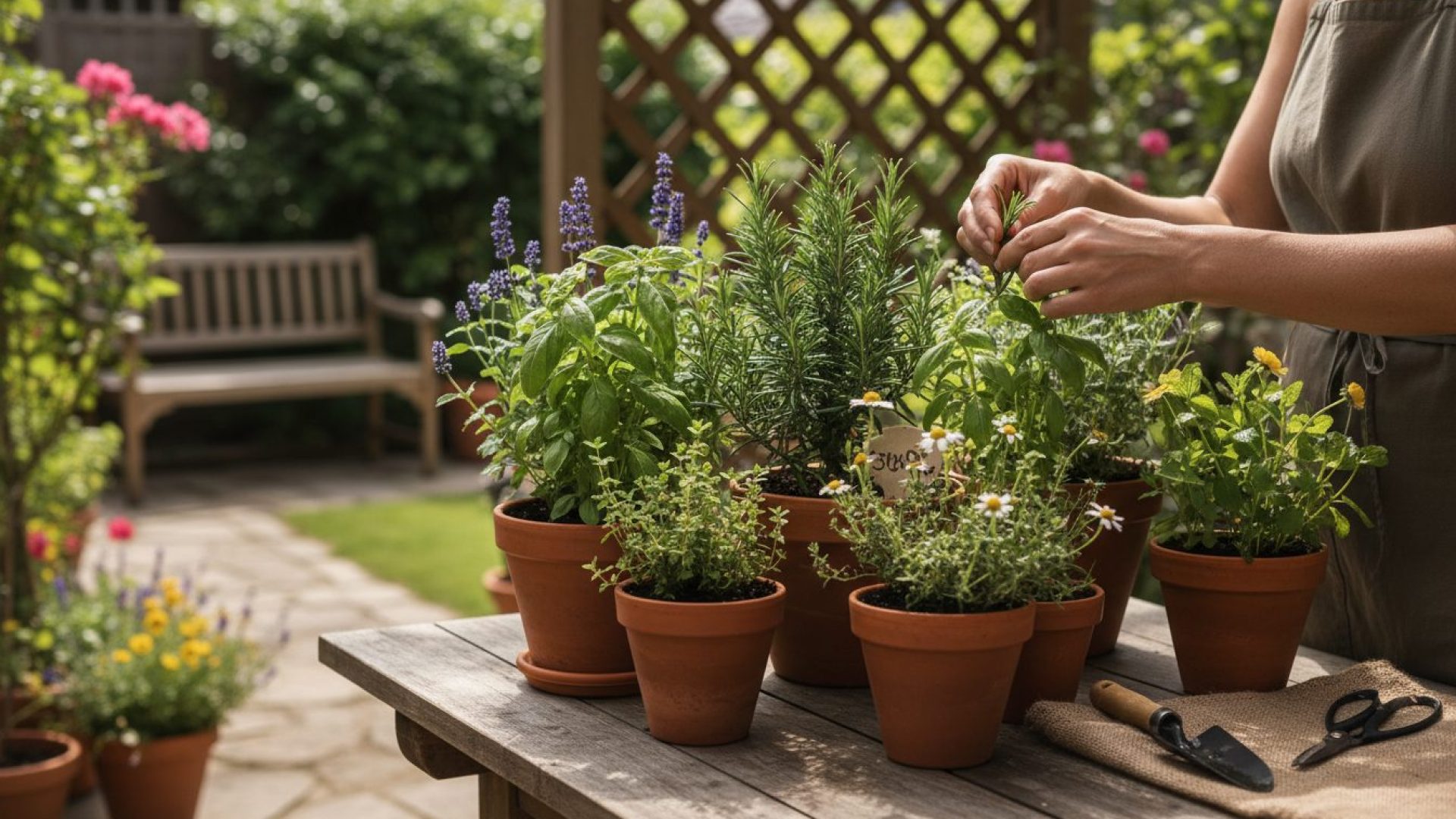
Dec 19, 2025 ToGardener Gardening
Discover easy-to-grow medicinal herbs, their benefits, and how to bring healing plants into your own backyard.
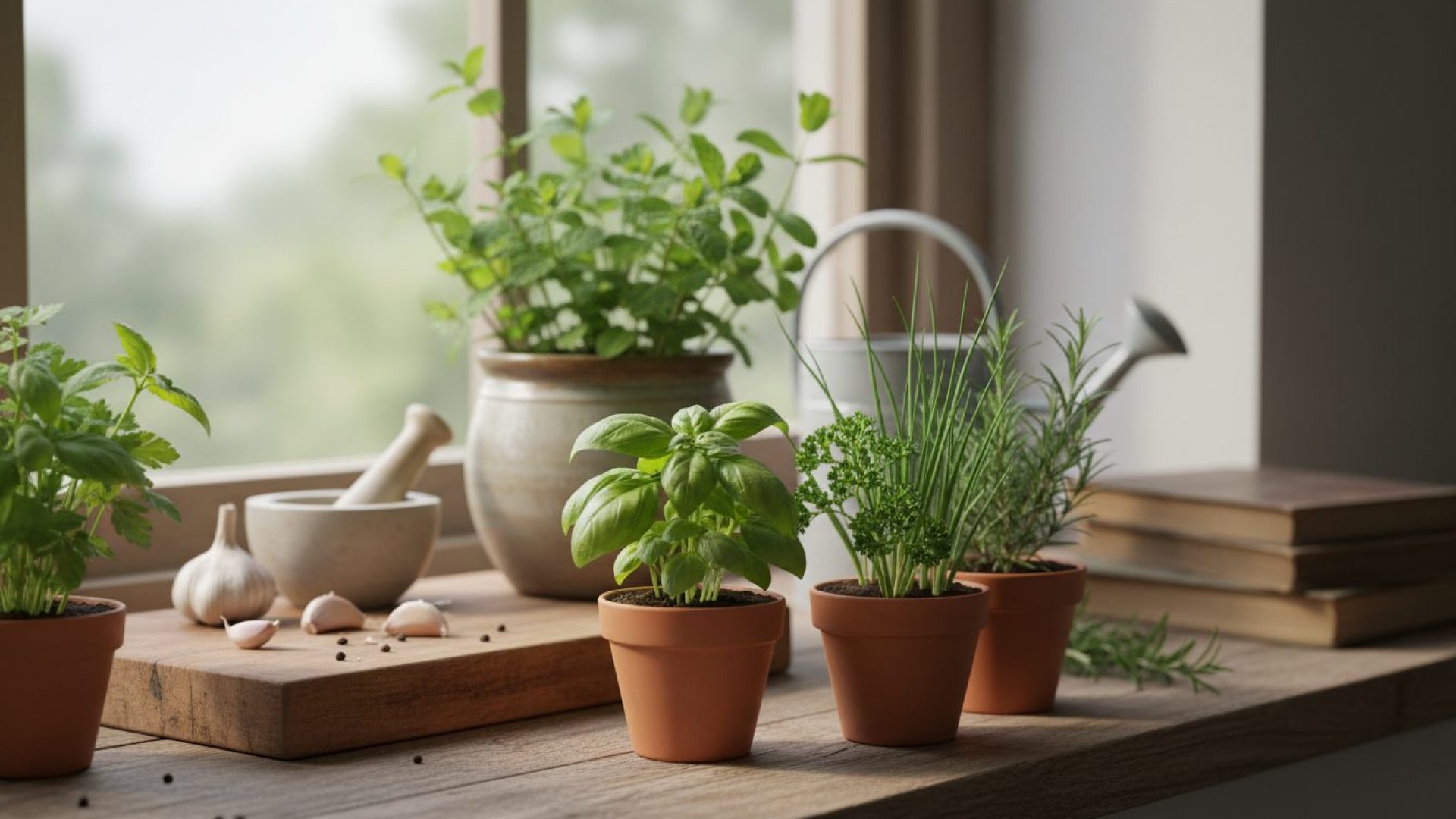
Dec 19, 2025 ToGardener Indoor Gardening
Explore which herbs thrive inside, plus expert insights for kitchen gardeners.

Dec 18, 2025 ToGardener Organic Gardening
Discover step-by-step methods to grow vibrant organic roses—without synthetic chemicals or guesswork.
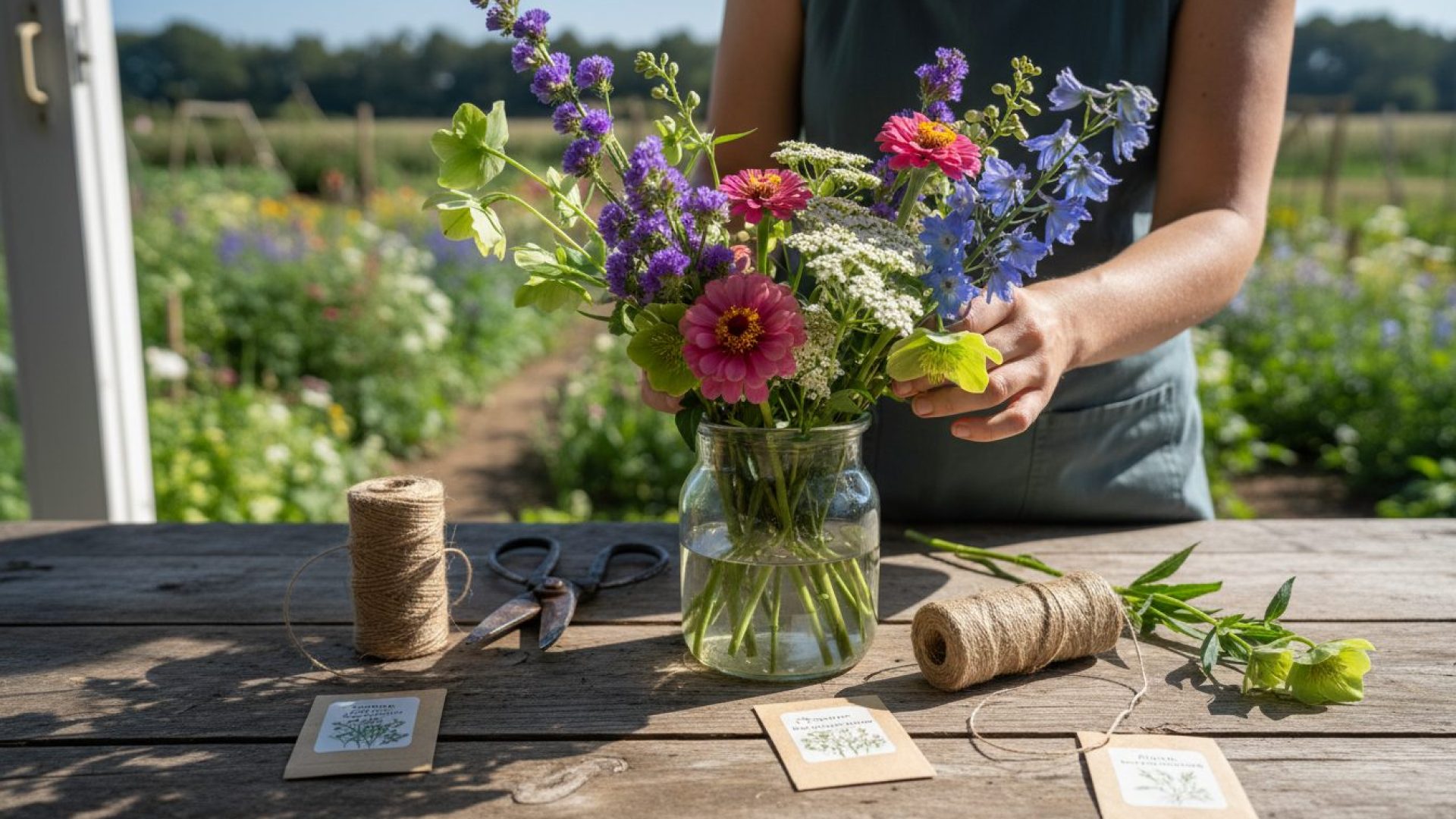
Dec 18, 2025ToGardener Cut Flowers
Discover gardener-approved cut flowers with impressive vase life and easy growing tips.

Dec 17, 2025ToGardener Gardening
Discover the top fragrant flowers, practical advice, and how to choose the best blooms to make your home garden smell truly unforgettable.
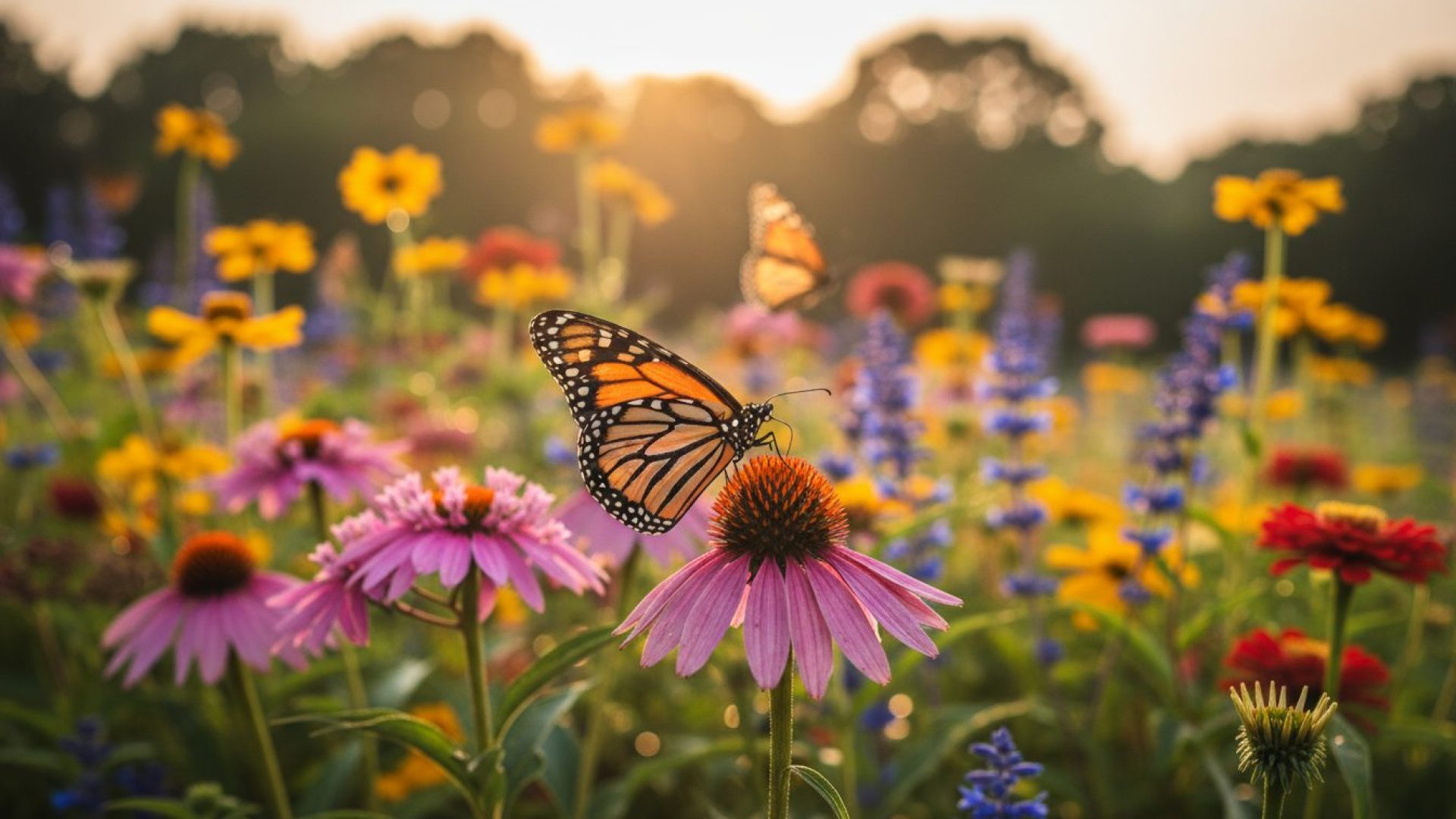
Dec 17, 2025ToGardener Gardening
Discover which flowers truly attract butterflies—and why planting them creates a living, colorful landscape in your own yard.
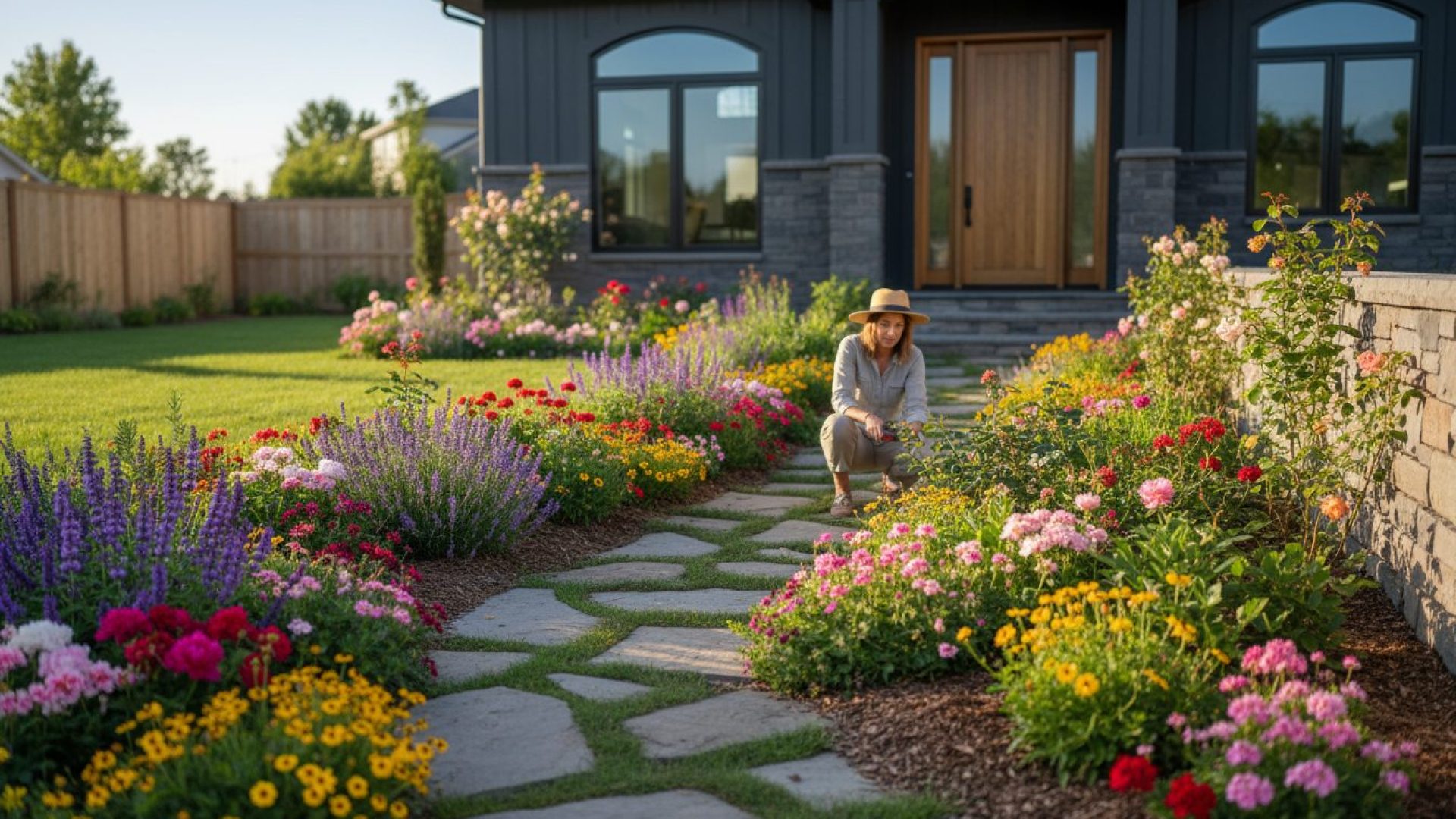
Dec 16, 2025ToGardener Gardening
Transform your curb appeal and daily joy with inspiring tips, design strategies, and real-life solutions for flower garden design in your front yard.
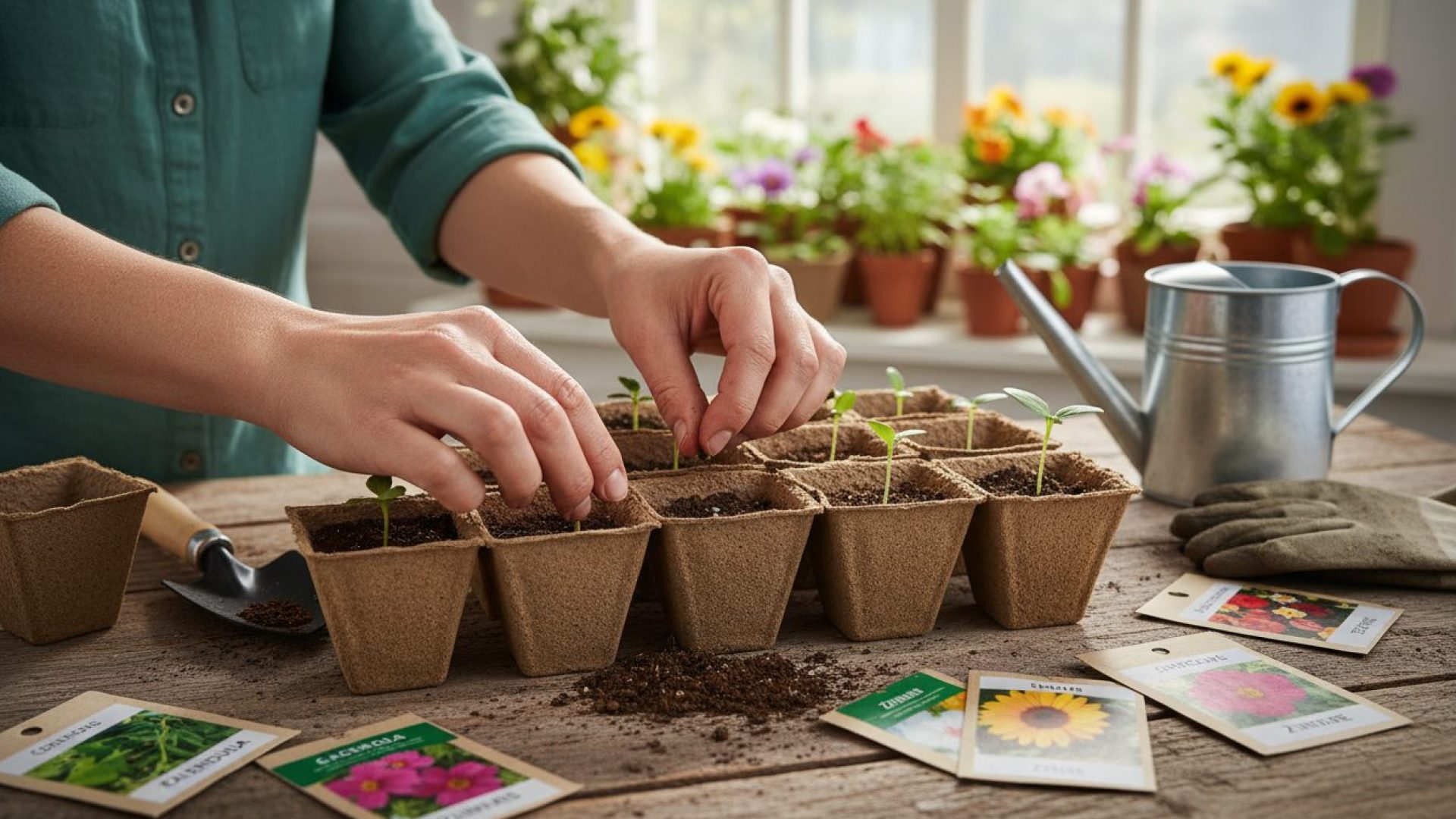
Dec 16, 2025ToGardener Flower Gardening
Discover the simplest seeds to sow for instant garden color and joy—no experience required!
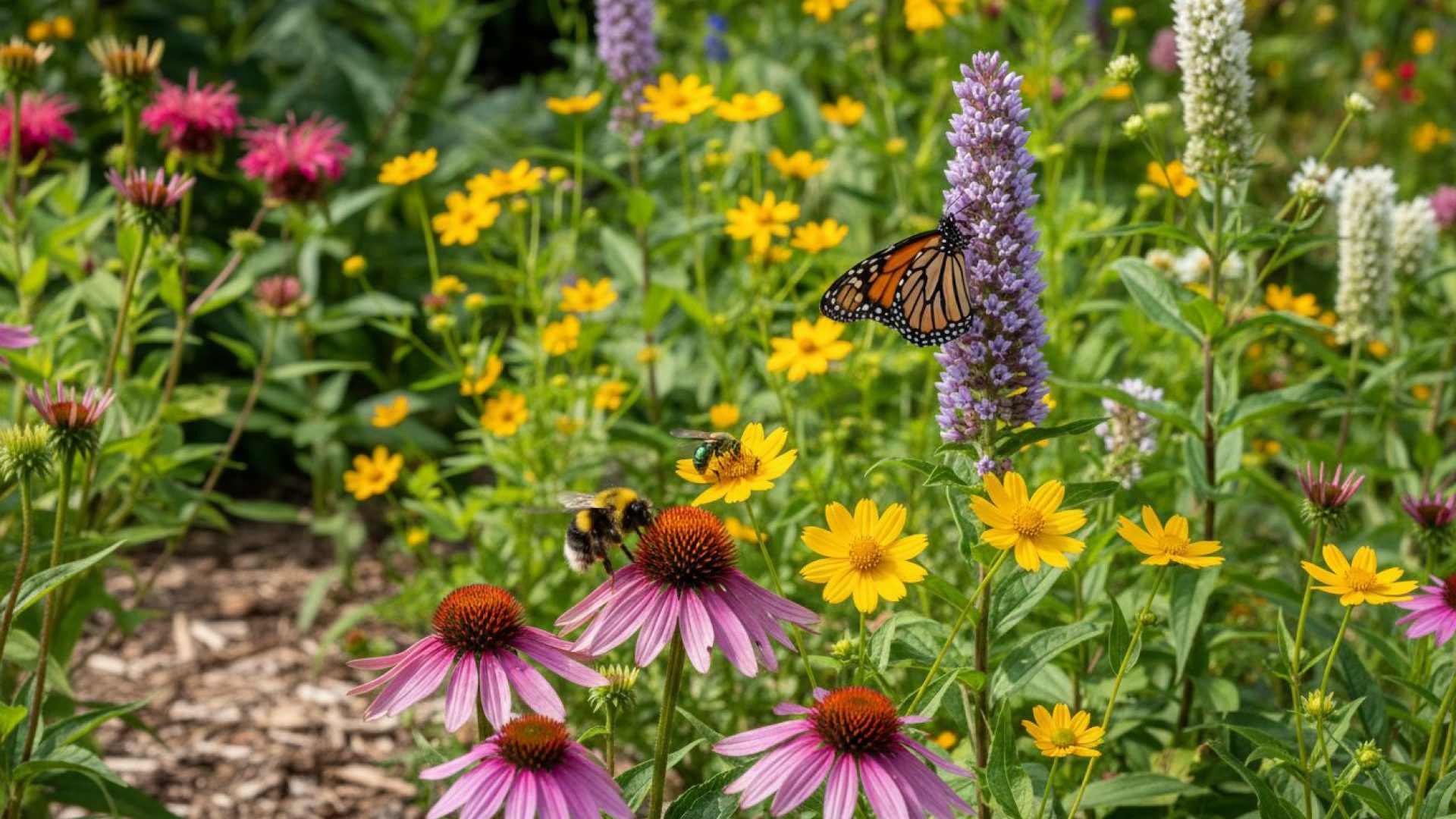
Dec 15, 2025ToGardener Gardening
Discover how choosing native flowers for pollinator gardens can transform your yard into a buzzing, vibrant haven for bees, butterflies, and local wildlife—plus practical tips, top regional plant picks, and real-life insights for gardeners at any level.
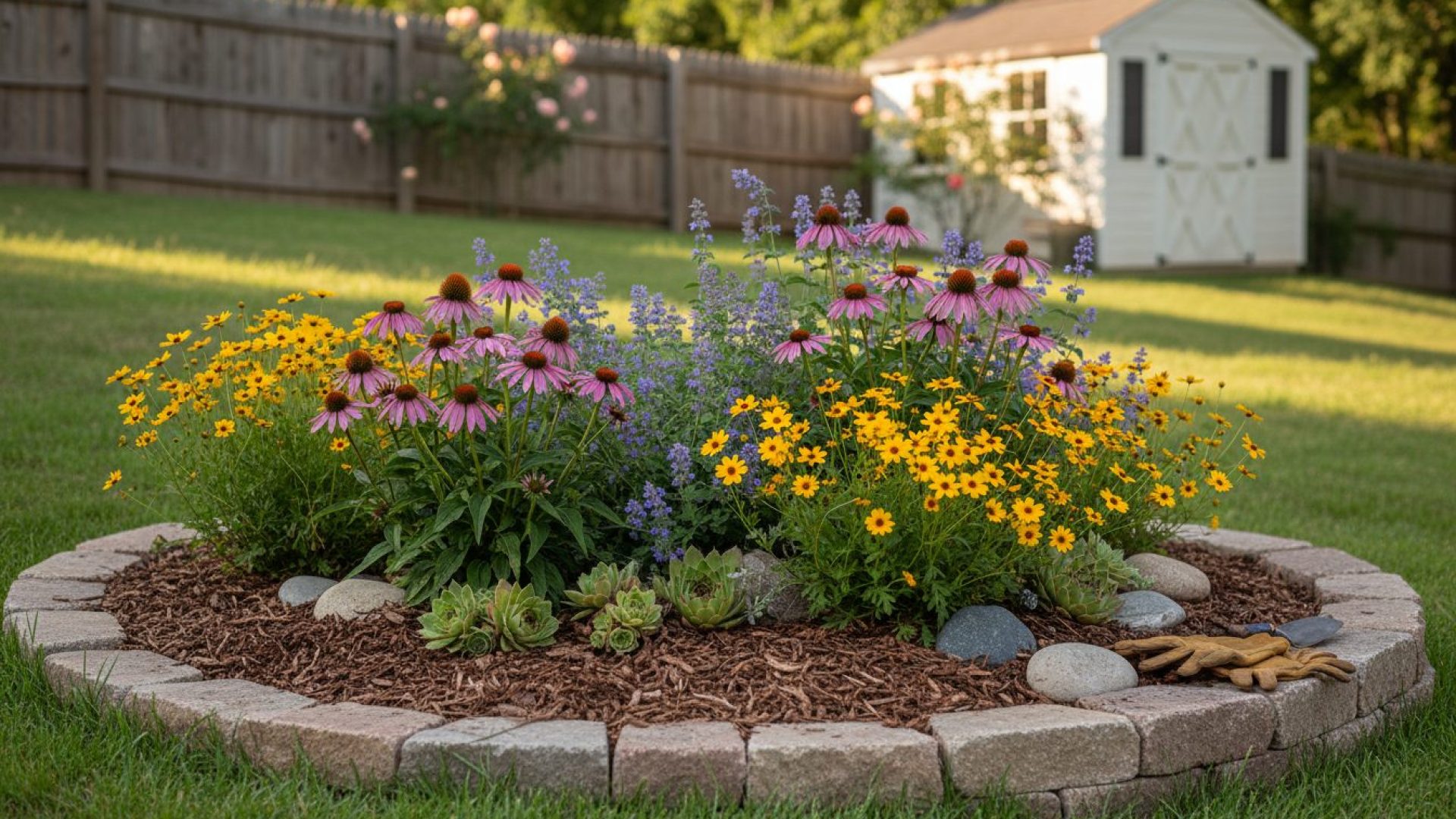
Dec 15, 2025ToGardener Flower Gardening
Discover fuss-free strategies, plant choices, and design secrets for easy-care flower beds that stay gorgeous with minimal work.
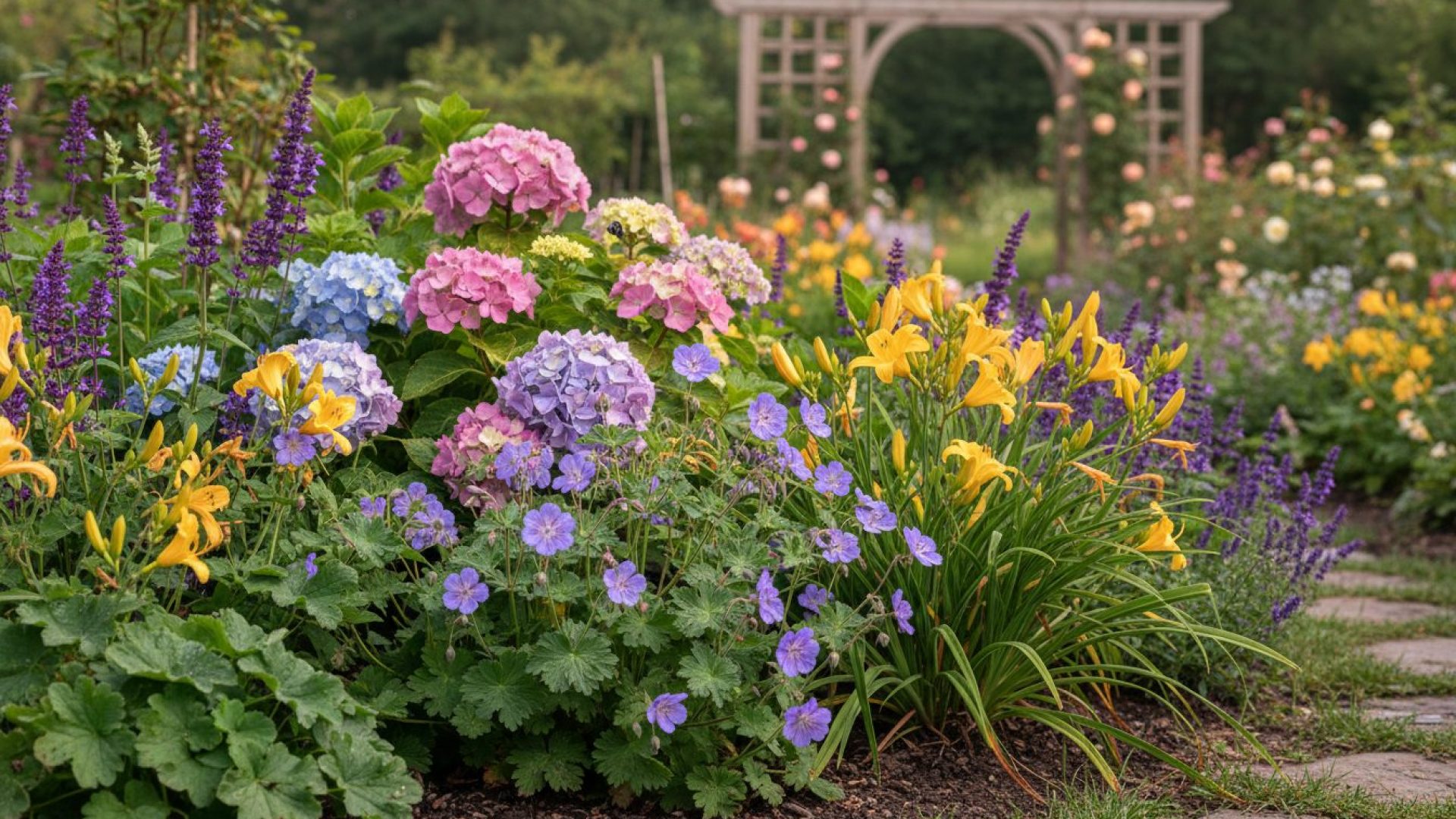
Dec 15, 2025ToGardener Perennial Plants
Discover resilient, colorful perennials that keep your garden vibrant in every season—and the true story behind all-year blooms.
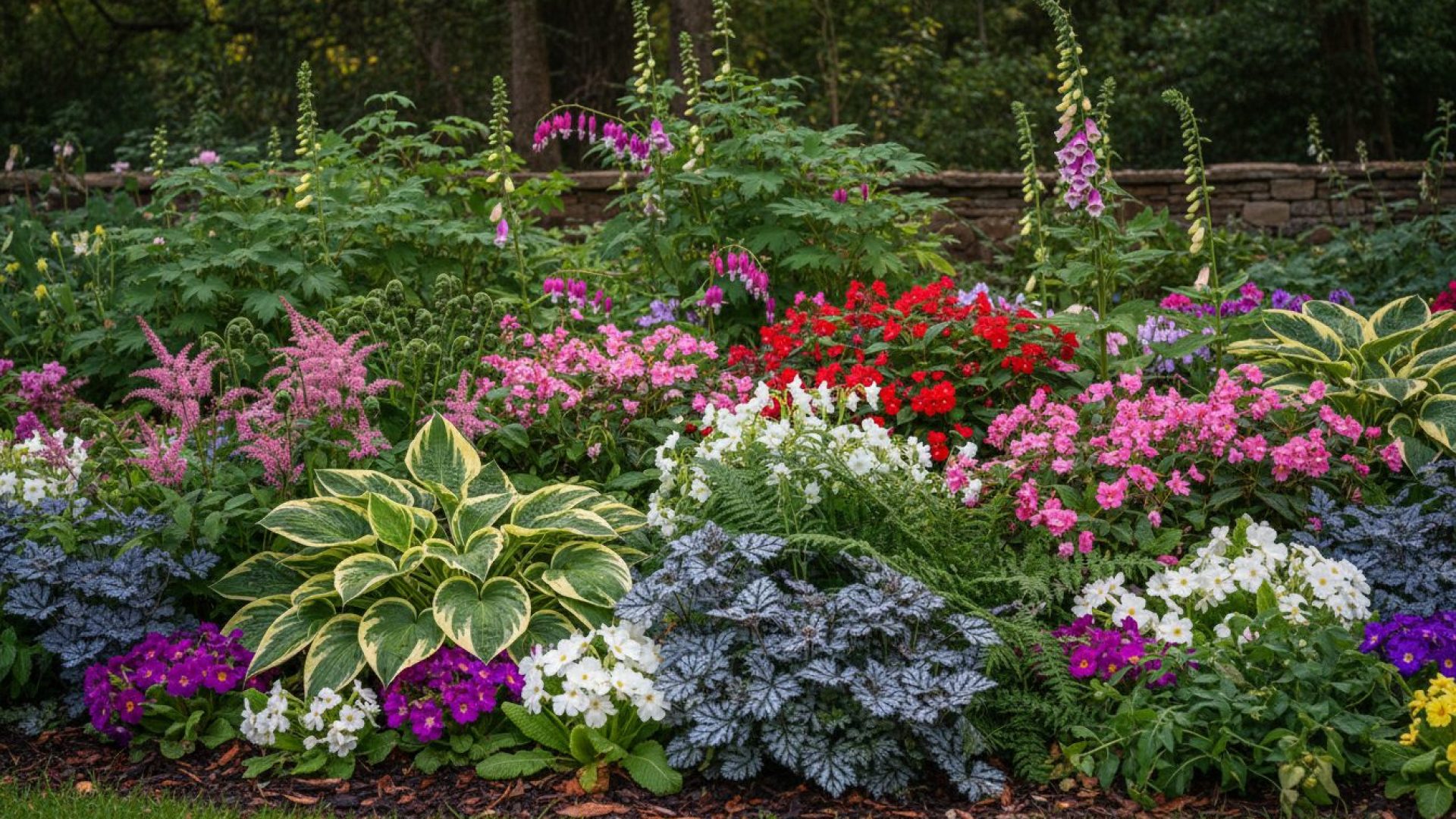
Dec 15, 2025ToGardener Gardening
Discover the best flowers for full shade gardens, with expert recommendations, real-world gardening tips, and proven plant combinations to create lush, colorful shade beds that thrive without direct sunlight.
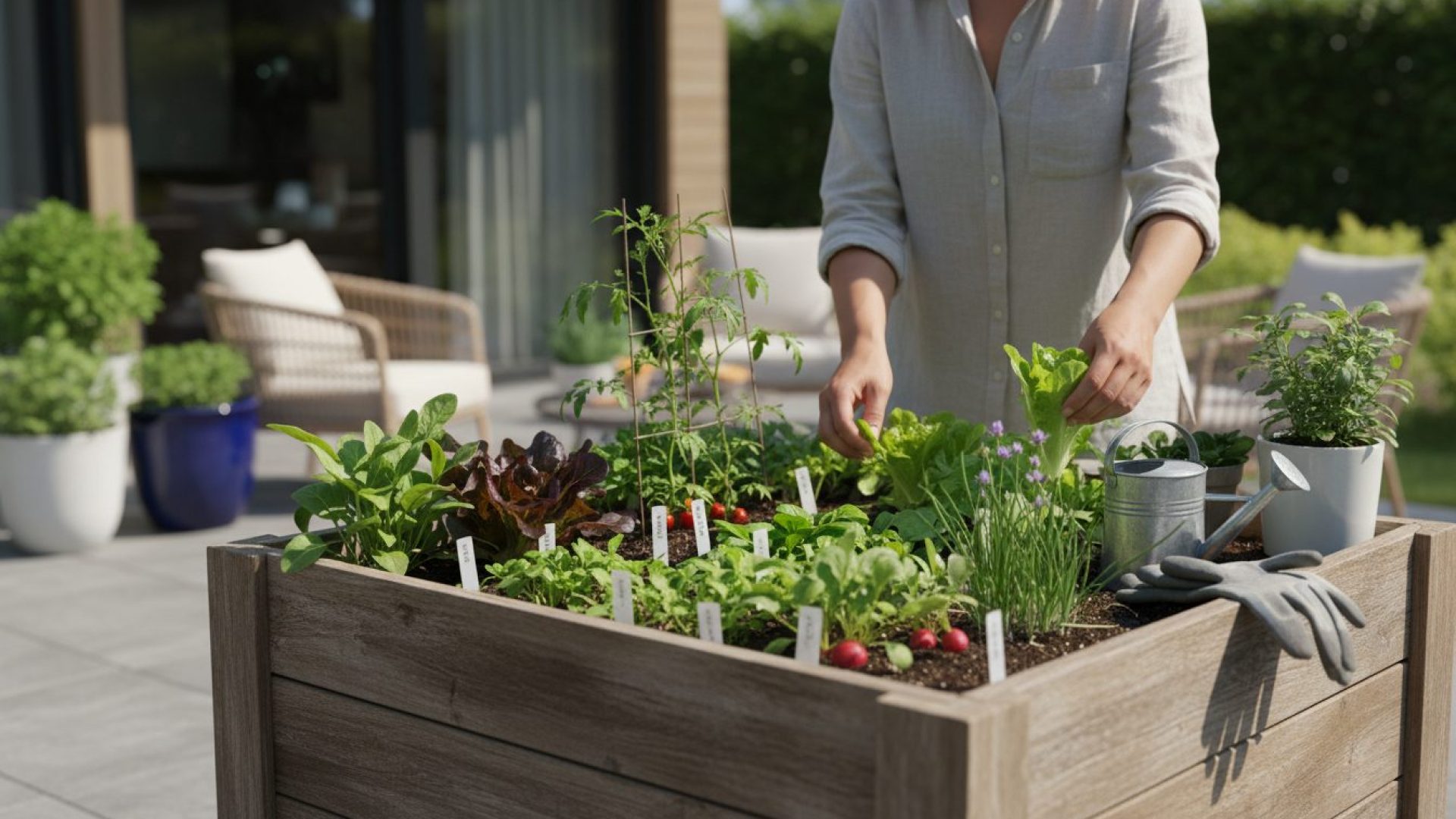
Dec 14, 2025ToGardener Gardening
Discover 10 easy salad garden ideas for beginners, with hands-on tips for planning, planting, and enjoying fresh homegrown greens in any space—perfect for first-time gardeners!
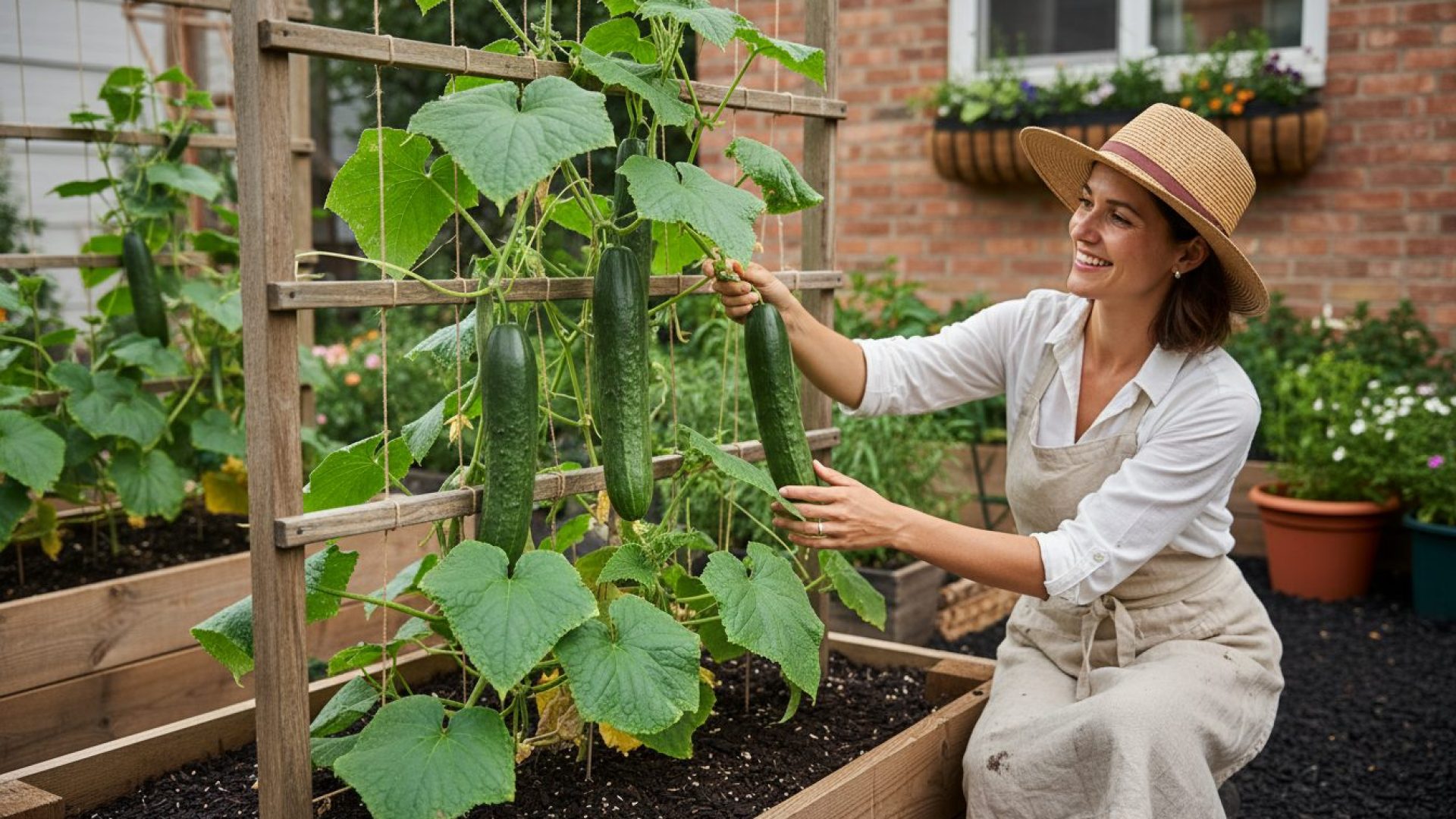
Dec 14, 2025ToGardener Vegetable Gardening
Discover the why, how, and "watch-outs" for upright cucumber growing — plus expert tips for better yields and fewer headaches.
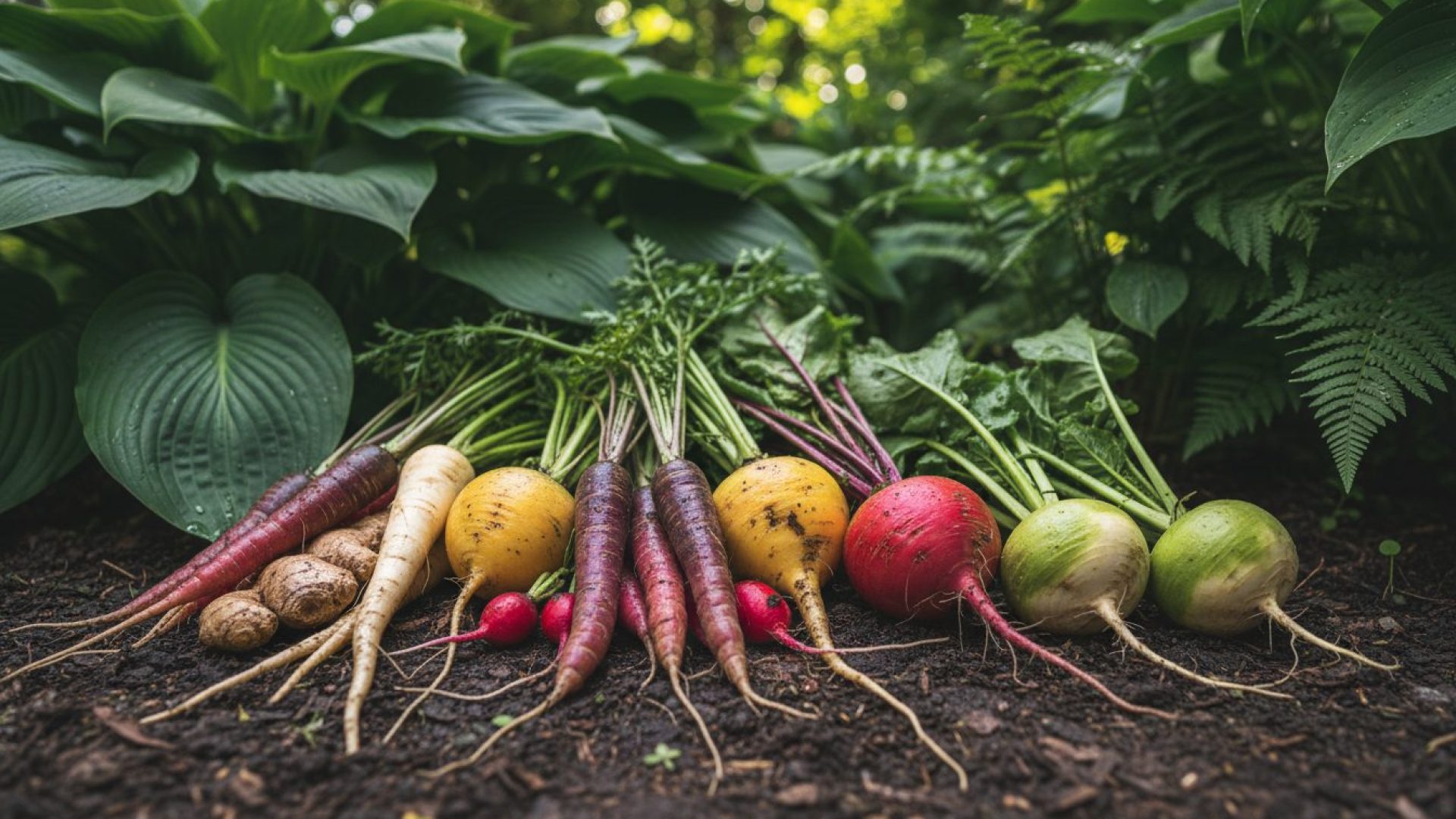
Dec 14, 2025ToGardener Gardening
Discover seven root vegetables that thrive in partial or light shade, plus practical tips and honest insights for cultivating a lush, productive garden even without full sun.
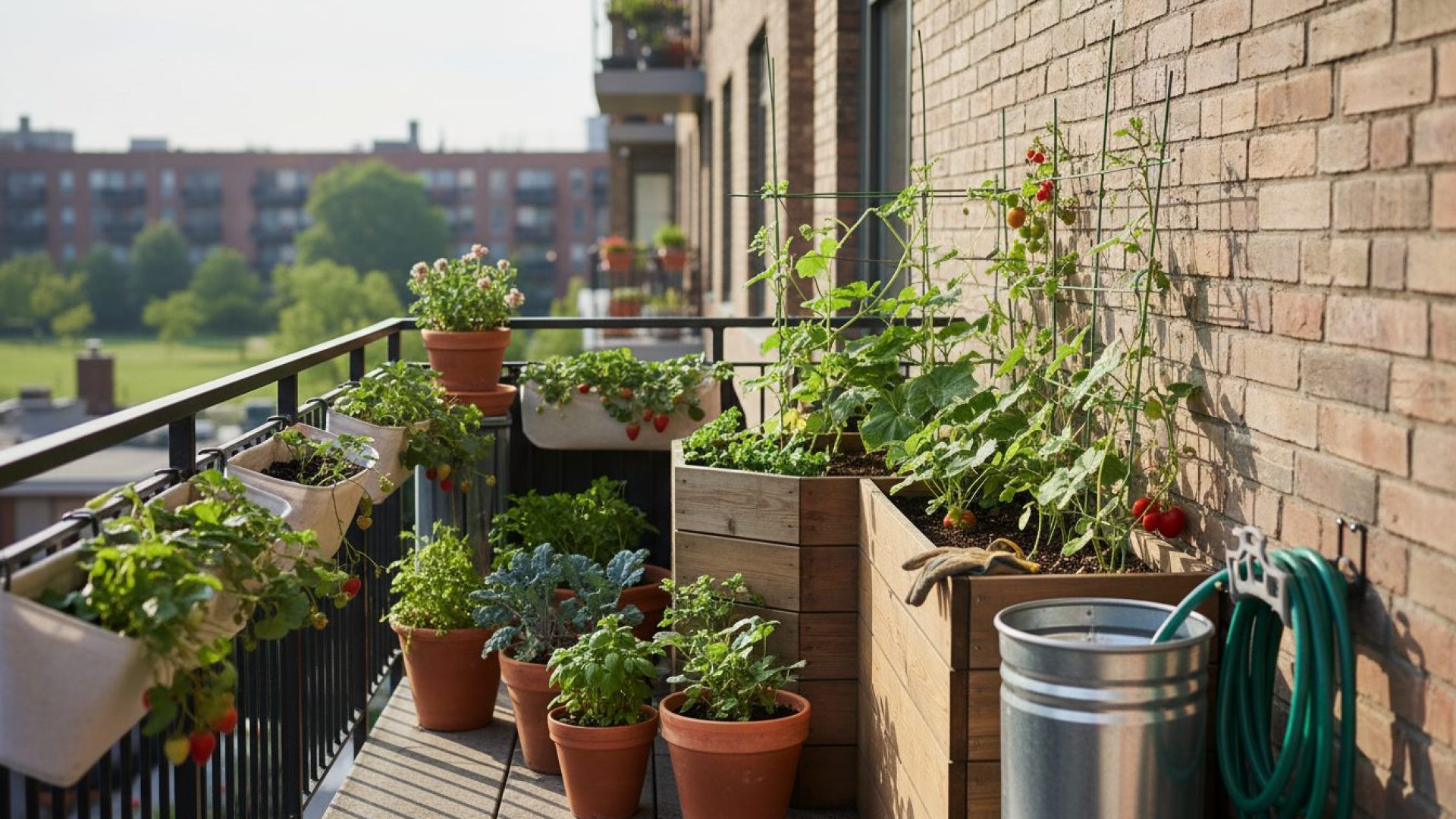
Dec 14, 2025ToGardener Vegetable Gardening
Innovative, proven methods to maximize every inch of your compact veggie garden
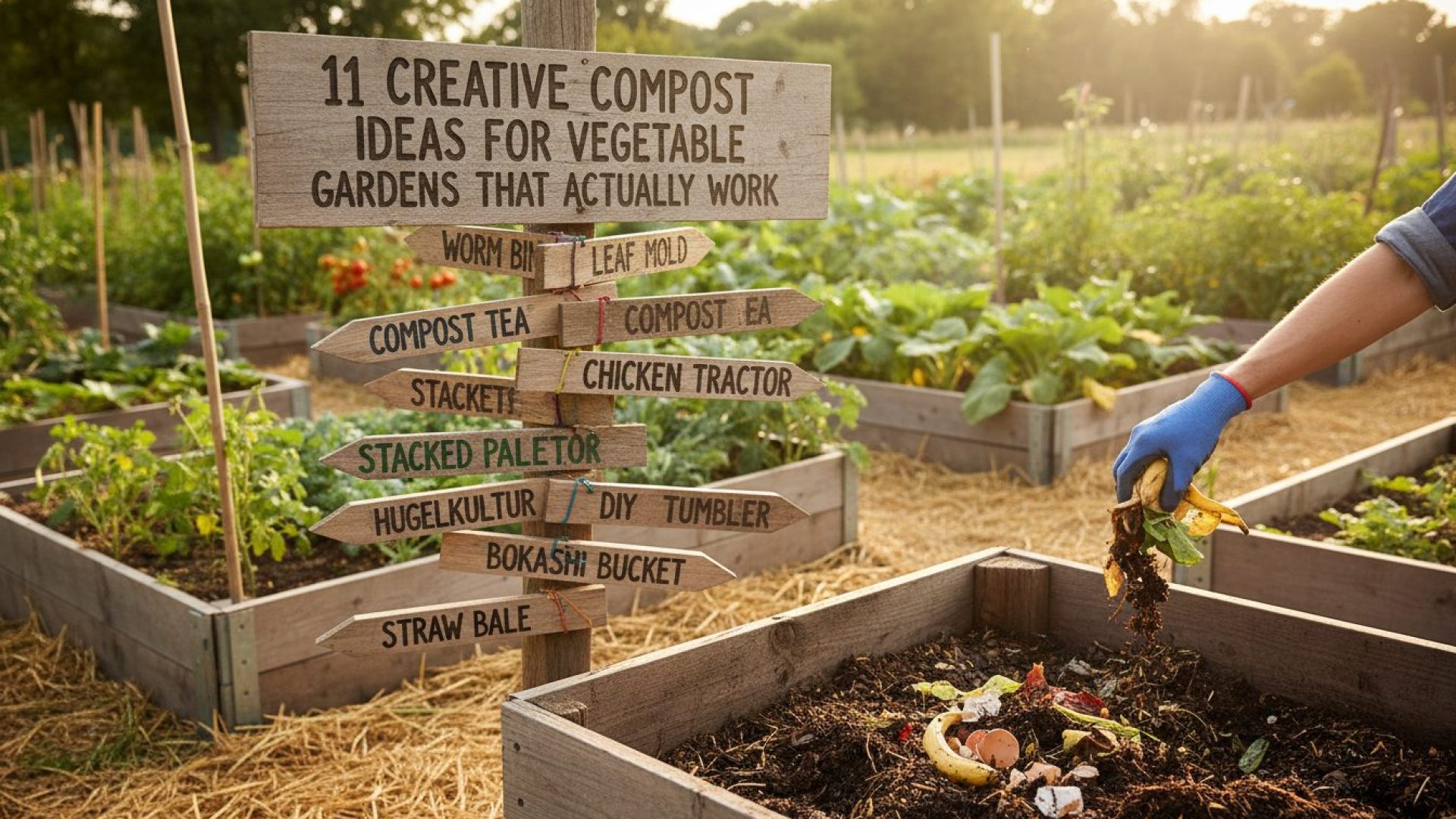
Dec 13, 2025ToGardener Gardening
Discover 11 proven compost ideas for vegetable gardens, from classic bins to creative methods like vermicomposting, trench composting, and bokashi—plus simple tips for richer soil and bigger harvests.
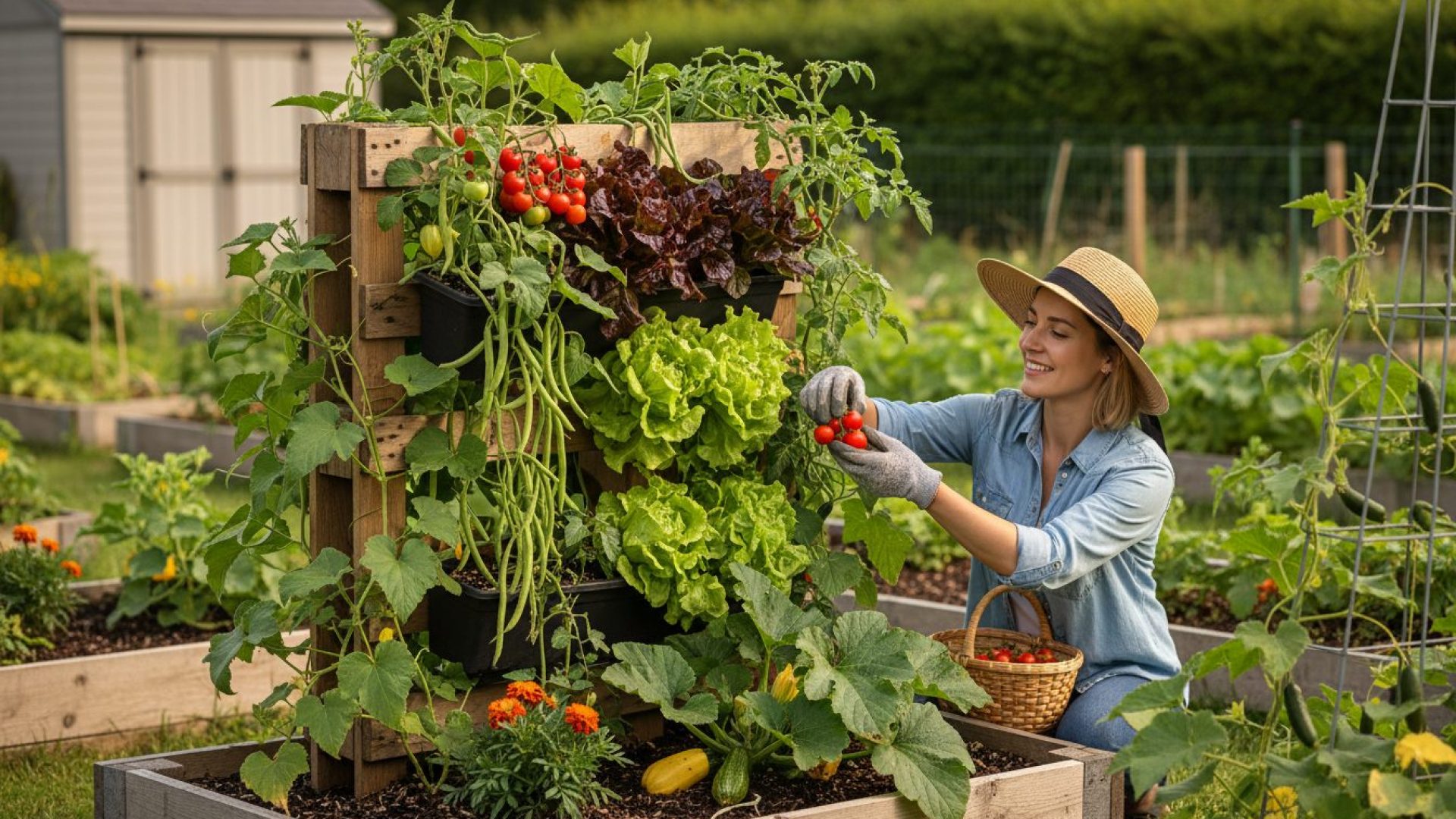
Dec 13, 2025ToGardener Vegetable Gardening
Discover the best high-yield vegetables and smart strategies for getting abundant harvests—even in a tiny backyard or patio garden.
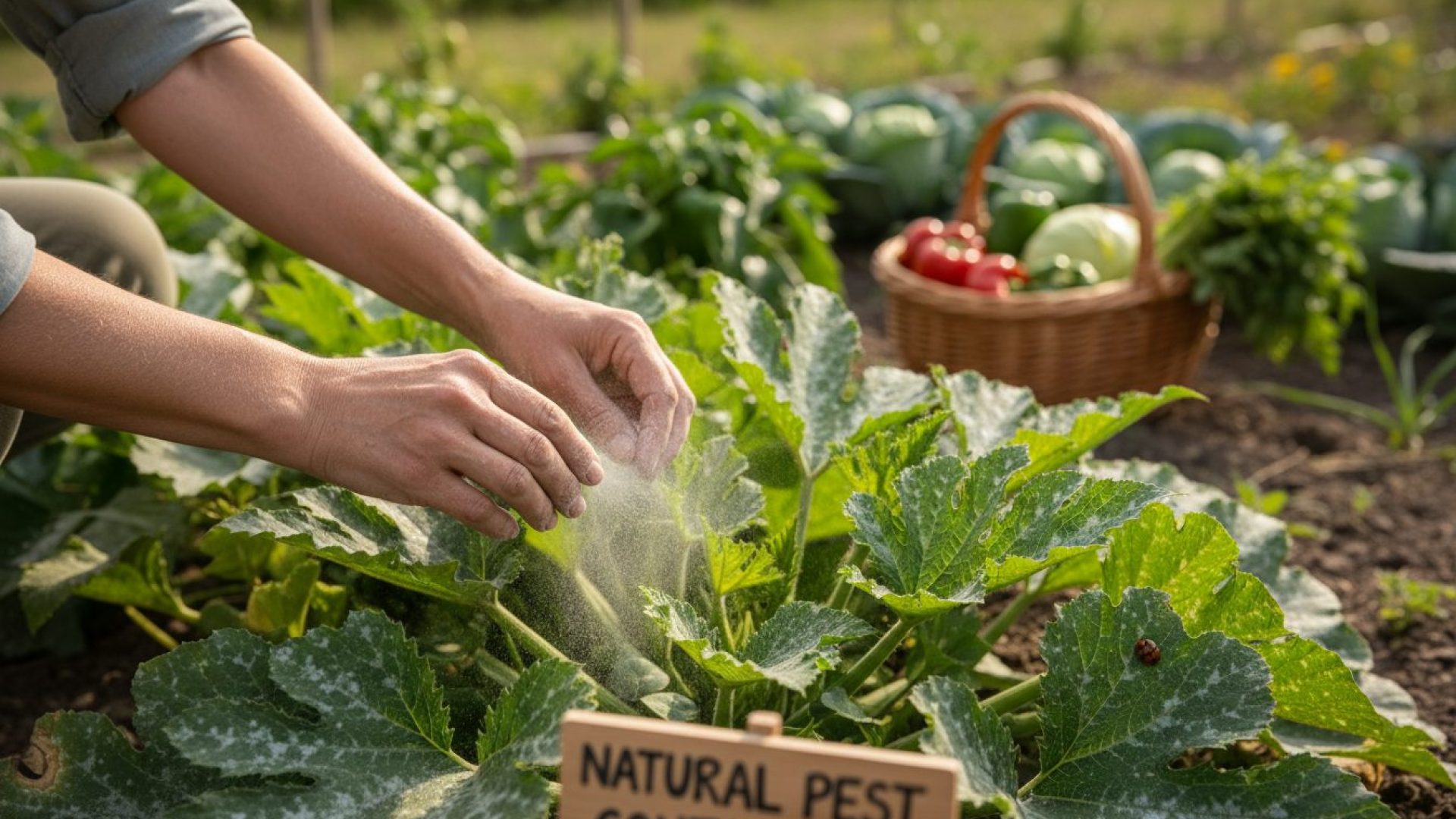
Dec 12, 2025ToGardener Organic Gardening
Discover how gardeners protect veggies with earth-friendly, science-backed methods—plus stories, tips, and real results.
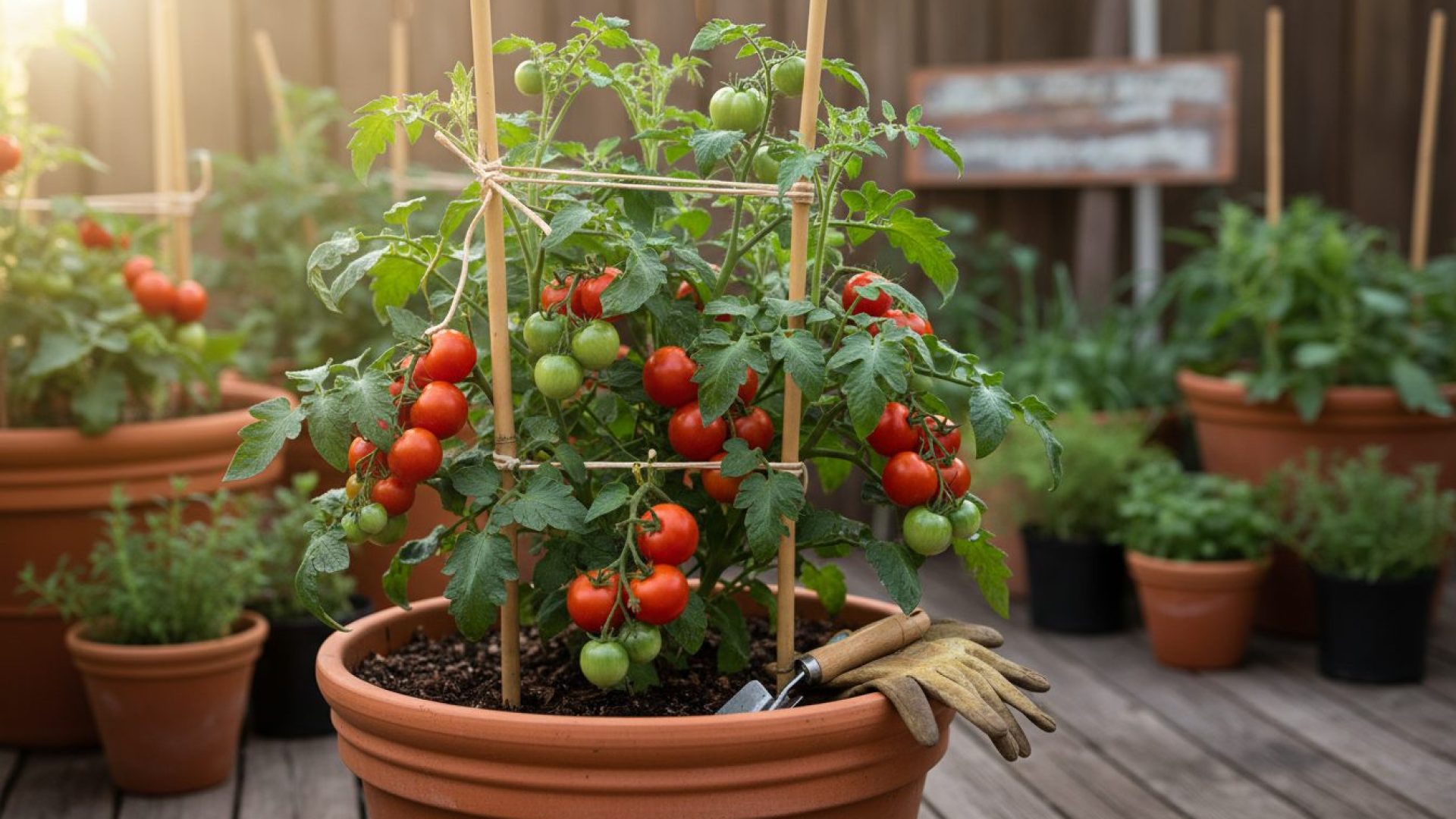
Dec 12, 2025ToGardener Container Gardening
Discover expert secrets, practical tips, and real experiences for growing juicy container tomatoes—no backyard required.

Dec 11, 2025ToGardener Vegetable Gardening
Discover the easiest and quickest vegetables to grow—even if you’re just starting out—plus real tips and honest insights for every beginner.